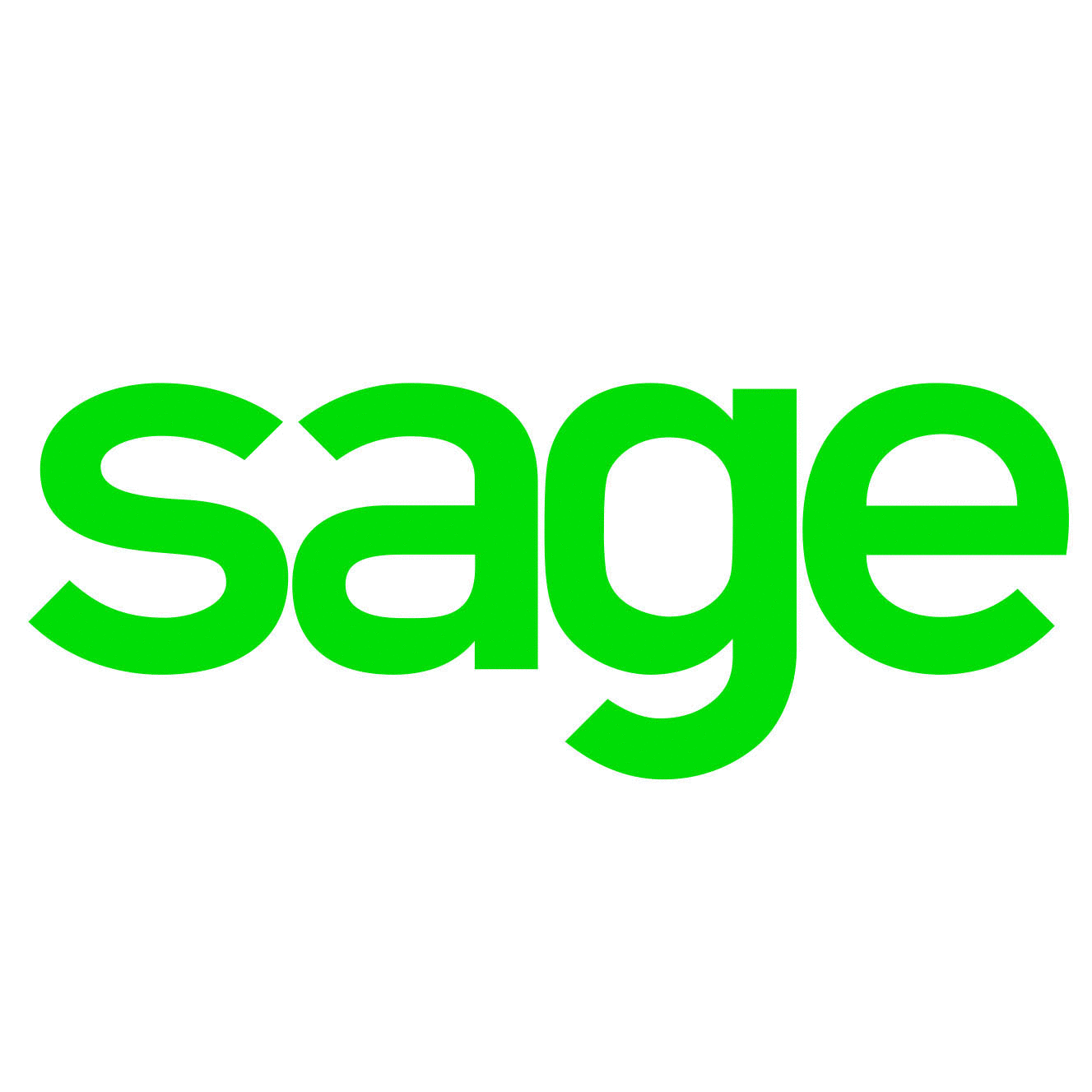Amid declining consumer confidence and with Brexit on the horizon, UK retailers face several challenges – cashflow shouldn’t be one of them. With a 10th of all invoices now paid late, Sage has advice for combating the problem.
71. According to UK Finance, that’s the number of days UK businesses wait, on average, for invoices of £1m or less to be paid. This is in stark contrast to most companies’ standard payment terms of 30 or 60 days.
And the impact of late payments on businesses can be dire.
“In October, the Government reported that late payments are a threat to the survival of a quarter of UK businesses”
Sage’s research into late payments found that, due to being paid late, more than 50% of UK small and medium companies experience – or expect to experience – a negative impact on their company investment, ability to pay staff an annual bonus and ability to pay suppliers.
And the Government has shared more concerning figures: in October, it reported that late payments are a threat to the survival of a quarter of UK businesses.
While the problem might not hold such severe consequences for some retailers, the negative effects of late payments can easily be avoided and retailers can save their precious time – and money – spent chasing invoices.
1. Be prompt
When it comes to getting paid on time, retailers need to set the standard and should always invoice immediately.
Issuing an invoice earlier, rather than later, avoids ambiguity and sends a message to the customer that they expect payment in a timely manner, too.
Retailers can also walk the talk by promoting their own payment terms to show how they expect invoices to be processed.
For instance, several large retailers, including Next and Superdry, have adopted the Prompt Payment Code, an agreement to pay suppliers within a maximum of 60 days.
2. Diversify payment options
Just as shoppers expect various ways to pay – with payments slated as the next big retail differentiator – so do customers receiving an invoice.
Alongside the traditional options of bank transfers and cheques, retailers should look to offer credit card, debit card, PayPal and newer methods such as Google Pay and Apple Pay.
To make it as easy as possible for retail clients to settle an invoice, modern accounting software such as Sage’s solution includes a ‘Pay Now’ button in the email invoice that enables the recipient to settle in a few steps.
“Alongside bank transfers and cheques, retailers should look to offer credit card, debit card, PayPal and newer methods such as Google Pay and Apple Pay”
3. Set up regular payments
If retailers are providing stock to a customer, or working with them, on a regular basis, then it makes good business sense to set up direct debits to be collected on the invoice due date.
This negates the admin overhead for both the retailer and customer of having to raise, or process, payments.
4. Know when invoices are received
Most accounting software now shows a document timeline for invoices, enabling retailers to see when the invoice was sent and at what date and time it was viewed by the recipient.
This tool helps to avoid awkward customer conversations and the need to chase an invoice as both the retailer and recipient are informed that they have received it.
5. Automate and integrate
Retailers are increasingly moving away from traditional invoicing and payment collection to accounting software that automates the process.
Recent data from Retail Week found that the country’s top 30 most productive retailers commonly use invoicing solutions to keep staff output ahead of input.
Sage’s accounting solution gives retailers a real-time view of which invoices are unpaid and due, enables retailers to invoice in different currencies, supports pro forma invoicing and more.
Through Sage’s partnership with Stripe, retailers can integrate their invoices with payments for automatic processing – meaning clients have no excuse for paying late.
Sage has partnered with Stripe to offer integrated invoice payments, meaning businesses can take payments directly from their invoices without the admin.
Learn more about the solution here, or visit Sage’s invoicing hub for the latest advice for retailers seeking to reduce the time between sending an invoice and getting paid.
































